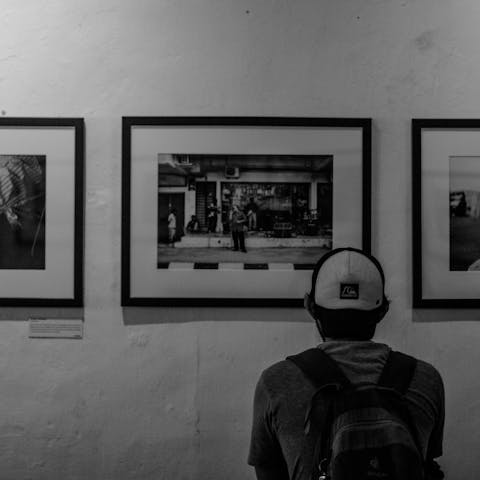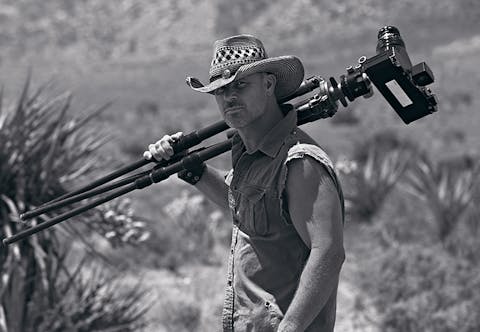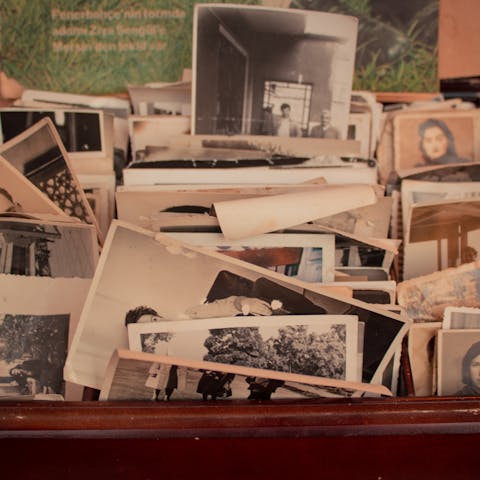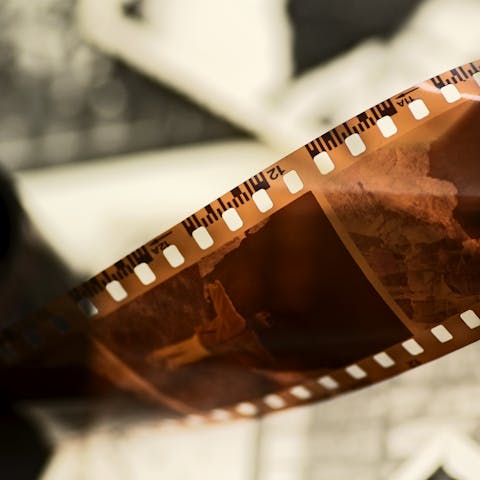Buyers Guide to Collecting Photography
Annie Lebovitz, Cindy Sherman, Ansel Adams, Dorothea Lange or David LaChapelle are just some of the biggest names to know when it comes to collecting photography. But what to look for when you are just starting your photography collection? Check out ValueMyStuff's Buyer's Guide to Collecting Photography!
Vintage Black and White Photographies. Image: Canva
The photography market has been on an upward trend for nearly a decade. Old photographs, nature themed or Fine Art Photographs have always been a small and a niche part of the art world. However, they are increasingly gaining appeal for collectors from all walks of life, but recently even more for Millennials. Some may say that photography could eclipse the more traditional types of art. Many artworks require professional storage facilities, that preserve a right humidity, temperature and minimum to no light exposure, which translate into more expenses for the collector. Photographs, instead, are easily stored and, in most of the cases, do not require a lot of space.
The reasons for starting a photography collection, or for complementing an already existing collection with photographs, are varied. Most art world professionals will agree however, to collect the photographs that you love. Buying art strictly for investment purposes can prove lucrative, but art is not a field in which investors make money on quick trades.
Related: Top Picks: Iconic Photography
How to Start a Photography Collection?
There are a few things to keep in mind when determining the collect ability of a photograph. It is often subjective and depends on the viewer experience. There is some debate over whether the artist should be given priority as opposed to the image itself. However, even the greatest artists have produced poor photographies and collecting solely based on the artist may lead to overpaying. The image is the most important attribute of a photograph to consider.
Does the photo engage me? Does it have historical importance? Does it appeal emotionally, intellectually or both? Is the subject in demand in the market? Is it beautiful? Is it powerful? Death, brazen nudes and violence might be subject matters that a collector should avoid as they are not easy for institutions to acquire. If the image belongs to a certain school of art or photography, it can also be relevant especially if the school is in favor at the moment. A key point to remember is how much these things matter to you as a photography collector.
Before buying a photograph, always do some research. Attend a gallery openings and photography exhibitions, join mailing lists pr newsletters for popular art and photography periodicals, and review auction house catalogs for art or vintage photographies. Track an artist’s or photographers performance at auction and pay attention to trending names. These are all activities that should be started before purchasing a photograph for your collection.

Attending a photo exhibition at the gallery is an important step in building your photography collection. Image: Canva
What Artists and Photographers should I collect?
Modern photography has been the main focus of auctions. Within this category prints by names like William Eggleston, Edward Weston, Diane Arbus, Henri Cartier-Bresson and Peter Lindbergh are found. Artists such as Marcus Lyon, Javier Vallhonrat and Nick Brandt have seen strong demand for works by established contemporary artists in small editions.
The most expensive fine art photograph to date is Phantom by landscape photographer Peter Lik that sold for $6.5 million (£4.5 million) in 2014. Andreas Gursky’s Rhein II (1999) follows in second place. Vintage photographs, architectural photographs, limited editions, c-types and giclée are some of the subcategories of prints that can be found on the market.

Photographer Pweter Lik, the author of Phantom, the most expensive photograph ever sold. Image: Bagima/ License CC BY-SA 3.0
Condition of photographies
Condition and quality of the photographies, especially the old ones, are of high importance for determining the worth of a photograph. Start determining the condition of the photograph by making a comparison to a similar work. Try to view as many photos as possible in order to develop an understanding of the average quality of the image.
Take notice if age-related spots and browning, known as foxing, are seen on the image. There is not a universally accepted grading system for condition. In some instances, damage on a photo image or paper can even add to the appeal of the photograph. If a photo is unique, rare or historically significant, the condition may be less of a factor.

Look at as many simmilar photos to determine the condition of your photography. Image: Canva
Where to buy photographs?
There are a number of channels available for use in the beginning a photography collection. Auction houses such as Christie’s, Sotheby’s, and Phillips have photography sales, where you can find some of the leading artists’ works and bid to win. There are numerous brick-and-mortar art galleries, where you can find trending photographs as well. Finally, there are a myriad of online art and trading platforms that can provide buyers with a selection of photographs to choose from at a range of prices. Barnebys is one of these. When you’re ready to begin your photography collection, you should use it.

Buy your photographs at auctions, at the galleries and online! Image: Canva
How to take care of a photography collection?
As most of you know, photographs are notorious for having problems with long-term conservation. Photographs are composed of organic and inorganic materials that can be ideal for mould, insects and other pests. Therefore, photographs need to be stored in cool, dry locations and relative humidity must be kept at a low. Warm storage areas will speed up the natural aging process making photographs more likely to stain and become brittle.
Handling should be kept to a minimum. When necessary, only touch the edges of the photograph or wear gloves. Perspiration and skin oils can leave marks on the surface and lead to staining. In addition, bending and flexing the photograph should be avoided in all situations.
Do not expose your photographs to light. A long exposition to sunlight or even electric light can damage the colors and even bleach the pigments. If you want to exhibits your photographs, make sure they do not face the light directly or that they are under reflective surface.

Store your photographs in safe, dry, dark and cool environment to keep the longevity of the materials. Image: Canva

